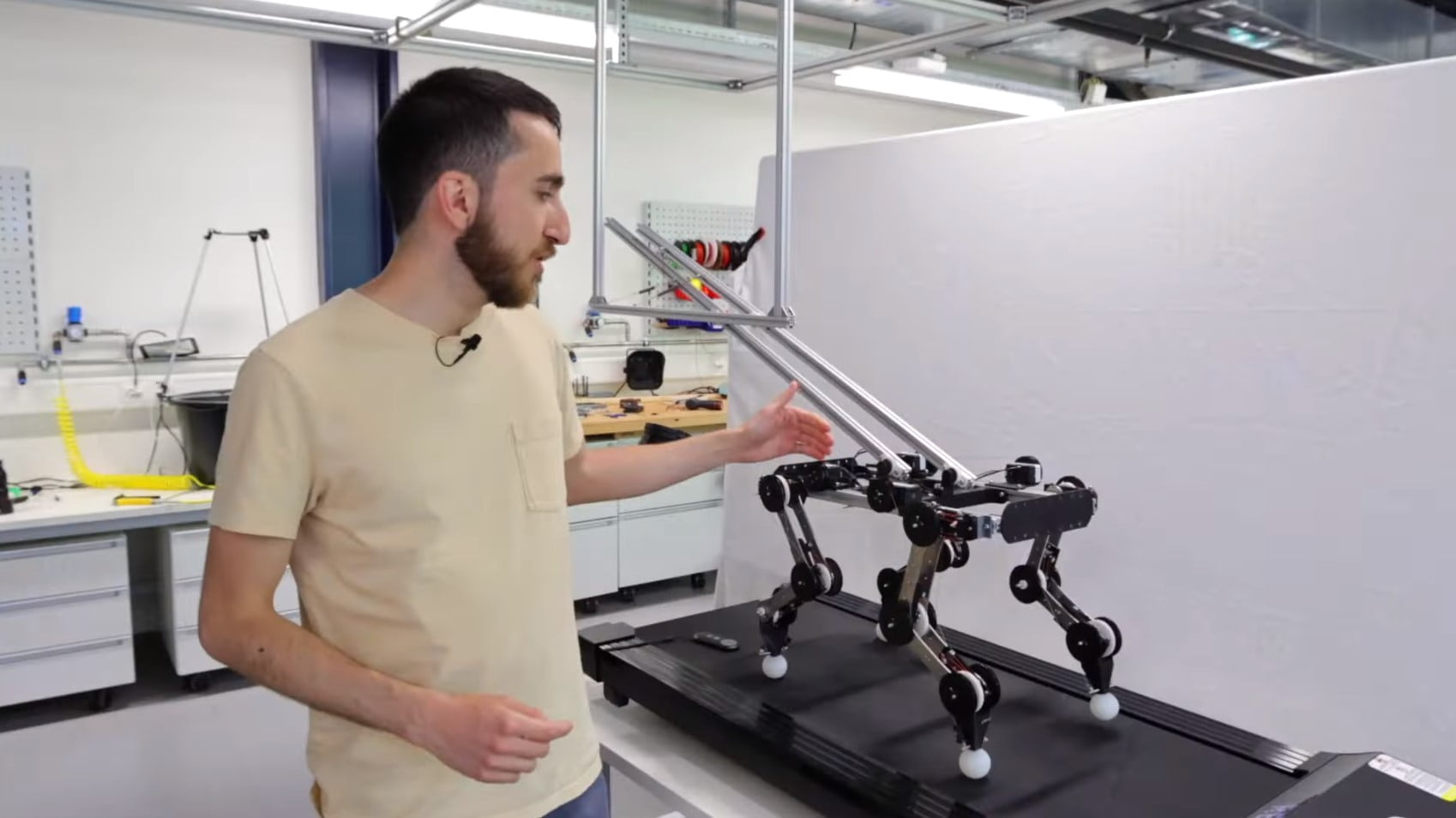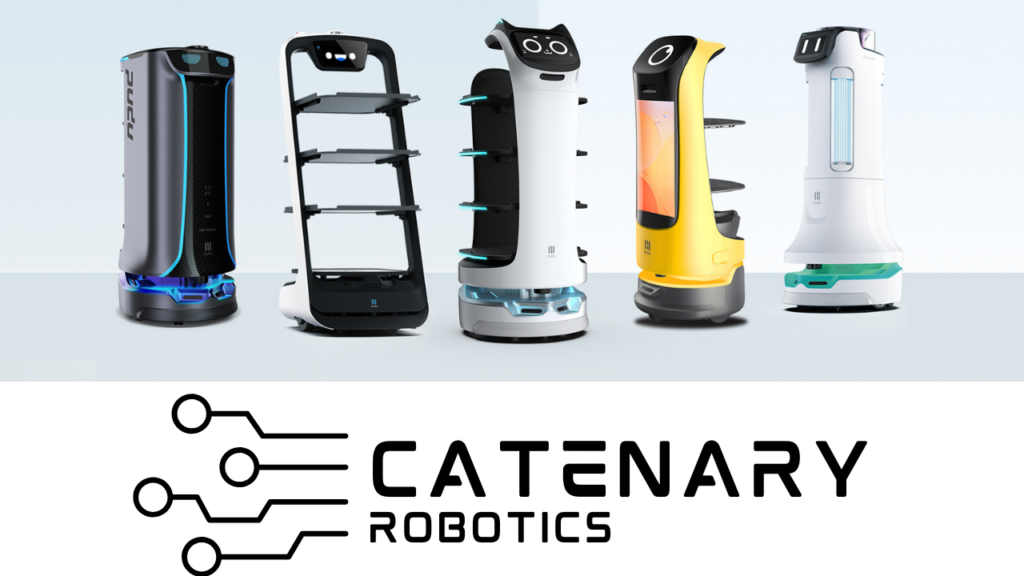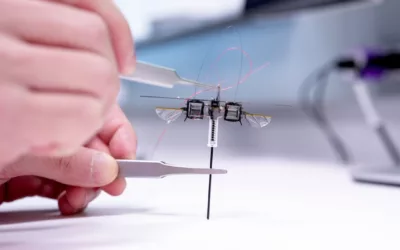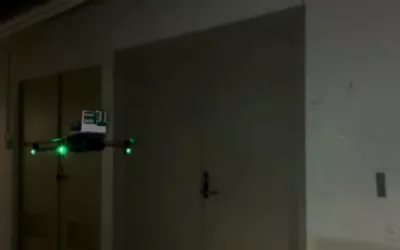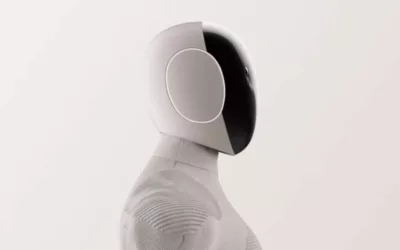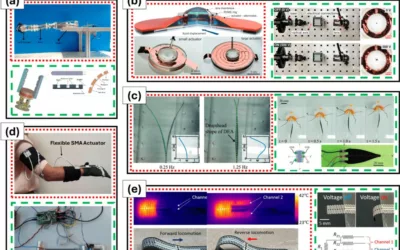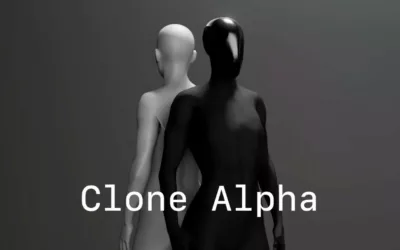The robotics project led by Mickaël Achkar a Master’s student at EPFL located in Switzerland, drew inspiration from live dogs’ motion-capture data to create a unique robotic-designed dog.
Achkar’s goal was to engineer a robot with animal-like characteristics, drawing from the rich diversity of movements found in animals and humans. Although Achkar had the liberty to choose from various animals, he opted for a dog due to the abundance of motion data available as open source. He distilled the dogs’ motion patterns into meaningful vectors through principal component analysis, a technique that effectively summarized the essential axes of dog motion. These vectors provided precise guidelines for the robot’s specifications.
Achkar’s robotic creation embodies bilateral symmetry, mirroring a dog’s structure. Each of the robot’s four legs boasts three joints that operate in harmony. This harmonization enables the robot to exhibit the graceful agility of a real dog while running. To realize his prototype, Achkar employed metal rods as skeletal elements, 3D-printed pulleys as joints, slender cables as tendons, and a handful of screws to assemble the components.
The robot’s initial test on a treadmill yielded surprising results: it demonstrated the ability to autonomously sustain motion without engaging its control motors. Achkar and his team were initially surprised by this success, they made minor adjustments to the design to verify its consistency. The incorporation of a counterweight, functioning much like a pendulum, ensured continuous motion once initiated. This counterweight harnessed resonance to infuse energy, a concept akin to how a trout instinctively swims when introduced to water. The control motors are activated for an array of higher-energy movements, such as jumping and overcoming obstacles.
Achkar stated that their intention isn’t to rival state-of-the-art robotic dogs but to explore bio-inspired designs. The robot’s core design and adjusting passive properties were targeted to minimize the complexity of control systems while maximizing performance. The success achieved in synergizing joint movements has implications beyond this project, extending to the creation of robotic hands and other body parts.

